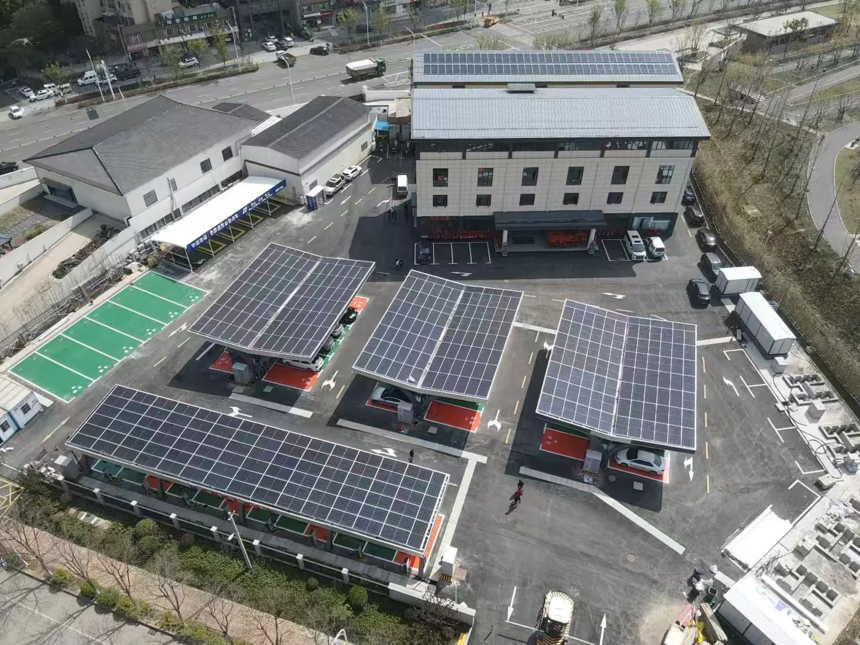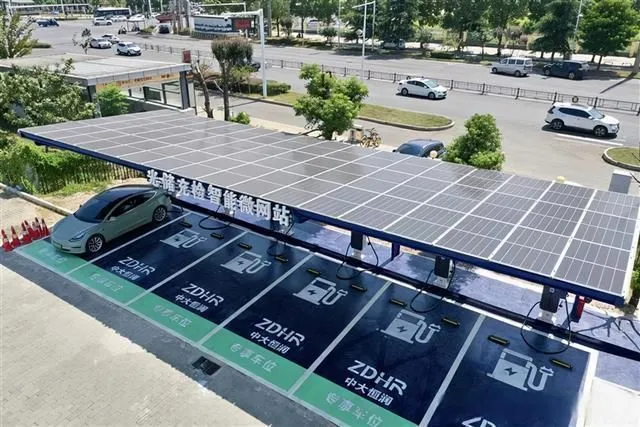NEWS CENTER
|
Integrated Solar-Storage Technology: A Comprehensive Guide1. Introduction Integrated solar-storage systems, also known as PV + Storage, combine photovoltaic (PV) solar panels with energy storage solutions (typically lithium-ion batteries) to maximize renewable energy utilization. These systems enhance energy independence, reduce grid reliance, and improve efficiency by storing excess solar power for later use. 2. Key Components (1) Solar PV Array Converts sunlight into DC electricity. Common types: Monocrystalline, Polycrystalline, Thin-film.
(2) Hybrid Inverter Converts DC electricity from solar panels/batteries into AC for home/industrial use. Manages energy flow between PV, battery, and grid.
(3) Battery Storage System Stores surplus solar energy. Common battery types: Lithium-ion (LiFePO4) – High efficiency, long lifespan. Lead-acid – Lower cost but shorter lifespan.
(4) Energy Management System (EMS) Optimizes energy distribution based on demand, weather, and electricity prices. Enables smart grid interaction (e.g., peak shaving, load shifting).
3. How It Works Solar Generation: PV panels generate DC electricity during daylight Direct Consumption: Power is used immediately by connected loads. Excess Energy Storage: Surplus energy charges the battery instead of feeding back to the grid. Discharging at Night/Peak Hours: Stored energy powers devices when solar generation is low. Grid Interaction (Optional): If battery is depleted, the system draws power from the grid. 4. Benefits of Solar-Storage Integration ✔ Energy Independence – Less reliance on the grid. ✔ Cost Savings – Reduces peak-time electricity bills. ✔ Backup Power – Provides electricity during outages. ✔ Sustainability – Lowers carbon footprint by maximizing renewable energy use. ✔ Grid Support – Helps stabilize the grid through demand response.
5. Applications Residential: Home energy storage (e.g., Tesla Powerwall, BYD B-Box). Commercial/Industrial: Reduces demand charges and ensures uninterrupted power. Microgrids: Powers remote areas without grid access. Utility-Scale: Large battery storage paired with solar farms (e.g., Tesla Megapack).
6. Future Trends AI Optimization: Smarter energy management using machine learning. Second-Life Batteries: Repurposing EV batteries for solar storage. Virtual Power Plants (VPPs): Aggregating distributed solar-storage systems to support the grid.
7. Conclusion Integrated solar-storage technology is revolutionizing renewable energy by making solar power more reliable and efficient. As battery costs decline and smart energy systems advance, PV + Storage will play a crucial role in the global transition to clean energy.
|


